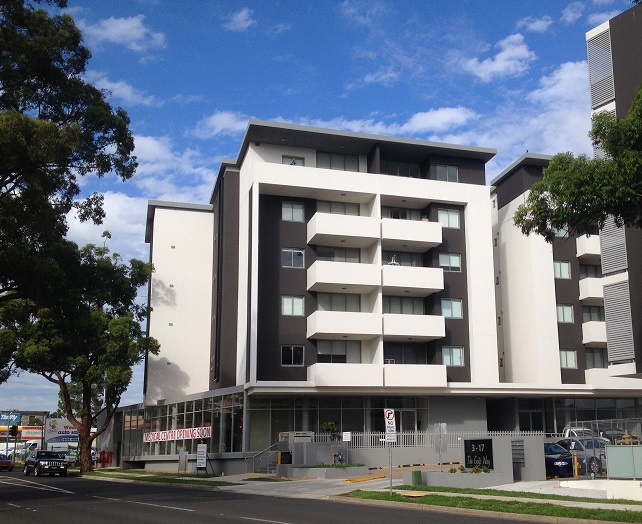Once upon a time suburbia meant a quarter acre block. Not every single one was exactly a quarter acre or a little over 1,000 square metres, but most were about that size. Over time lot sizes have got smaller as planners have tried to squeeze more out of each new land release for housing.
The logic is fine, of course: the higher the density, the slower urban sprawl needs to be.
It would be impossible to get figures for something like that, but if we had stayed with the traditional quarter acre it’s reasonable to assume that Sydney’s outer suburbs may now be somewhere between Goulburn and Canberra.
Think for a moment how much agricultural land we would have lost if we had persisted with the quarter acre mentality.
Not to mention the number of trees and wildlife lost in such a scenario.
That’s not saying that 150 square metre lots on offer in some land releases are not off the planet.
But it’s obvious the way you grow a popular city like Sydney is not the easiest thing in the world.
Do you go up, as in 20-30-storey apartments, and hope humans adapt to a new way of living, where the open space for kids to play is on the roof of the building or at ground level between several high rises?

It is clear that those who zealously oppose every new land release have not really thought this through.
And while I accept that one of the best approaches for us as a country is to direct new migrants to regional centres, most will be drawn to Sydney and Melbourne, where the jobs and the schools and universities are.
So it is a mighty effort trying to get the balance right.
It is certainly not as simple as some people think.
Dismissing any growth as a sop to greedy developers is such an infantile approach and does nothing to persuade others to this kind of thinking.
I am not here to defend developers; they are quite capable, I am sure, of defending themselves.
Such opposition to growth really is the ultimate in NIMBY activism: Not In My Back Yard.
The key to a nuanced approach to growing Sydney is being strategic in how you develop greenfield sites.
The imposition of conditions is the crucial factor at play here because it will dictate every aspect of land development and the quality of amenity once residents have moved into their new homes.
This includes the size of each lot and whether medium density is part of the mix.
None of these factors though seem to worry those who oppose for the sake of opposition and who are too naïve to realise that it’s not about stopping growth – it’s about managing it to produce the best possible outcomes for both those who have lived in the vicinity for many years and their new neighbours.

Sadly it is easy to oppose these developments because in so few occasions are they proposed (the developments) with any thought to matching open space either adjacent or incorporated in the development. Its one thing to use the catchy ” affordability” but its quite another to do something that truly considers the well being of people , the end users of the development even more so when we take away amenity of nearby residents. narrow roads which once catered for merger numbers of cars now need to cater for burgeoning traffic not to mention huge numbers of garbage bins ! Good and large scale development can and should occur when it is planned in association with all the solutions in place.